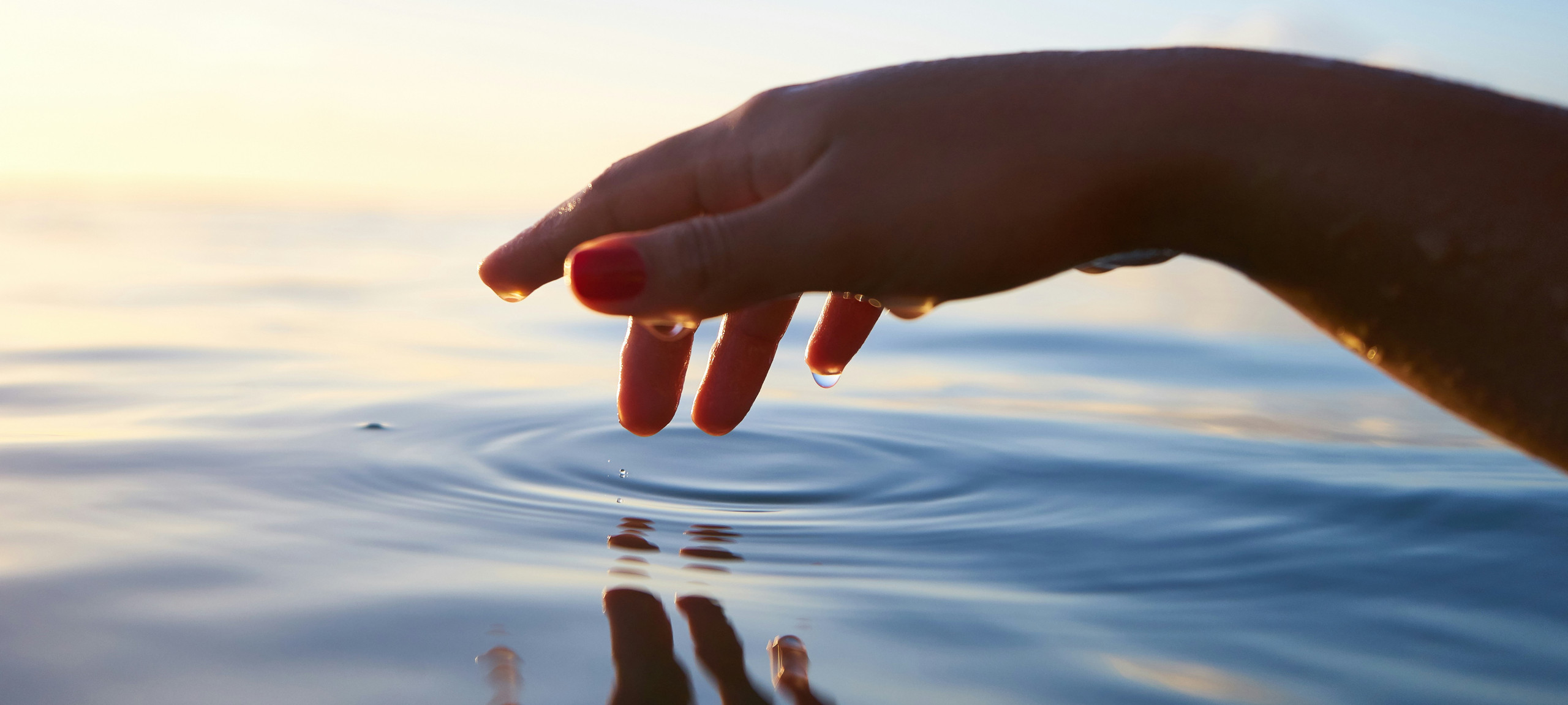
© Yoann Boyer / Unsplash
WORLD OCEAN REVIEW: The race for the oceans’ genetic diversity
The dawn of a golden age
In the course of evolution, marine life has developed an astonishing variety of ingenious forms, functions and survival strategies. Marine-derived natural products and pharmaceuticals may therefore deliver progress and profit in many different economic sectors. However, it is still largely unclear who exactly may profit from the oceans’ genetic diversity, how it can be used fairly and, above all, how its conservation can be guaranteed in the long term.
The ocean’s biodiversity is unique. Exposed to sometimes extreme environmental conditions, marine life has found remarkable ways to adapt. The information underpinning their species-specific survival strategies is encoded in marine organisms’ genetic material. It includes the blueprints for the secondary metabolites which marine fauna, flora, fungi, bacteria, archaea and viruses produce for a variety of purposes – and which often take great effect even in low concentrations.
These new technological options have sparked something akin to “gold-rush fever”.
World Ocean Review
Fig.: In October 2017, scientists investigated the number of patents registered for genetic information of marine organisms at that time. They counted 862 affected species and approximately 13,000 genetic sequences the use of which was protected by patent.
Chemists and molecular biologists are therefore particularly interested in secondary metabolites. In their studies of marine organisms, they look for and extract these bioactive molecules and substances, describe their chemical structure, investigate their functions and seek to identify potential commercial applications as marine natural products or active ingredients. In doing so, they make use of modern DNA sequencing, replication and chemical analysis techniques, enabling them to undertake rapid and comprehensive analysis of sampled material and digitally store all the genetic information that it contains.
These new technological options have sparked something akin to “gold-rush fever” in the interrelated branches of marine natural product chemistry and marine biotechnology. Experts now assume that every single marine organism may contain genetic information with potential for some form of commercial application in the future. The experts are calling this a “golden age” and project that the global market for chemical and pharmaceutical products derived from marine genetic diversity will reach an estimated USD 6.5 billion by 2025.
Marine natural products and substances are already found in a wide variety of applications.
World Ocean Review
Marine natural products and substances are already found in a wide variety of applications. For instance, they are active ingredients in 17 licensed pharmaceuticals and are used in food supplements and fertilizers. They also provide raw materials for cosmetics manufacturing and various other industrial applications. However, their immense potential raises a number of issues that will need to be dealt with soon. The three most important questions are the following: Who should benefit from the ocean’s genetic resources? How can these potential active substances and any profits generated from their commercial use benefit humanity as a whole? And finally, with commercial interest increasing, how can marine bio diversity be protected effectively?
Fig.: Since the 1970s, the blue blood of the Atlantic horseshoe crab (Limulus polyphemus) has been used to test new vaccines for purity. It contains blood cells as part of the crabs’ immune system that are particularly sensitive to toxic bacteria. If new vaccines are contaminated with such bacteria, the cells attack the bacteria and form clots. The good news for the animals is that there is now a synthetic alternative to their blood.
From: World Ocean Review No. 7, 2021, Hamburg.
Proposed solutions to the issues surrounding the access to and sustainable use of genetic resources from maritime areas under national jurisdiction are set forth in the Nagoya Protocol, an agreement in international law. In practice, however, they are proving difficult to implement, encumbering rather than encouraging research.
Rules governing international waters are currently being developed – at the United Nations level – as part of a new global agreement on the conservation of biodiversity in international waters. The negotiations on this agreement have been ongoing for years, and the current COVID-19 pandemic has further delayed the process. Furthermore, due to technological progress, the need arises for new items to be constantly added to the agenda. What kind of compromise will ultimately be reached by the international community? Will it fuel this “gold-rush fever” – or will it establish tight restrictions in the interests of marine conservation? Only time will tell.
Published with the kind permission of maribus gGmbH.
mareverlag founded the non-profit organisation maribus in 2008 to raise public awareness of marine science and thus contribute to more effective marine protection. The focus is not on commercial considerations, but solely on raising awareness of marine issues. The World Ocean Review is a unique publication on the state of our oceans, reflecting the current state of science. All WOR issues can be ordered free of charge or downloaded as PDF files: https://worldoceanreview.com/en/
© maribus gGmbH
Acquire article rights
